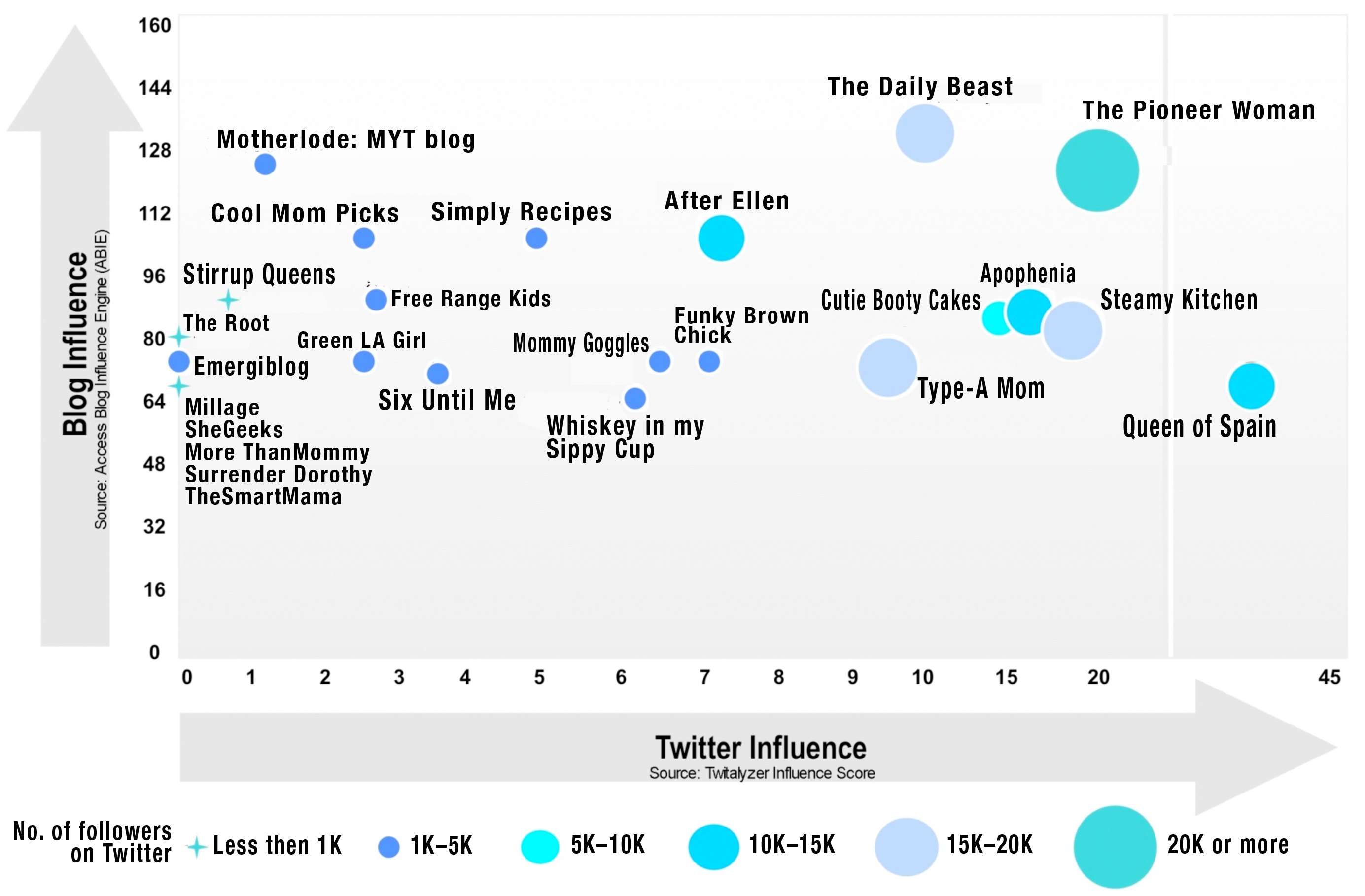Determining the right media mix for your campaigns requires a blend of several elements—part research, part execution, part measurement and part recalibration. And like bartending, it’s not all science in making the perfect concoction—experience counts.
Many PR pros might feel that bartending might be easier than attaining a perfect media mix. It’s a complex process, says Ed Davis, director of media and public relations at United Way of Greater Houston. “When you talk of media mix, people may think it has something to do with advertising,” says Davis. “But it’s much like a brand building exercise, and it’s daunting for everyday communicators without the resources for marketing mix modeling.”
Indeed, there are vendors out there that offer services that track, monitor, measure and analyze media coverage for an organization, which can help immensely—yet those services come at a price. There is a process, however, that every communicator can follow that will help get the right media blend without breaking the bank.
GATHER INGREDIENTS
Long before the pitching starts, it’s important to do some information gathering to determine what your most valuable demographics are—who you want to reach to encourage action or purpose, says Brian Regan, senior VP at Access Communications. Research then helps prioritize those targets. “ The New York Times may be a great hit, but if it’s not reaching your most valuable demographic, it’s useless,” says Regan.
Of course, print outlets are just part of the mix. Digital and social media have shaken up what was once a pretty straightforward formula. Print, radio and TV options play out over a longer life cycle, says Regan. Adding online voices forces communicators to monitor mix results in real time.
For its clients, Access is able to break out social platforms, pinpointing online voices of access, insight and influence, says Regan. The result, which it shows clients, is a matrix (see graphic) that identifies the best outreach opportunities in blogs and on Twitter.
Research, says Mary Elizabeth Germaine, senior VP with Ketchum’s Global Research Network, provides the foundation on which a media relations pro can concoct the mix. “We find out who the audience is, where they ‘live’ in terms of media and on what media platforms they spend time,” says Germaine. “We’re not relying on gut feelings, and it’s not a random ‘let’s pitch this outlet because we can’ process.”
 |
| As part of its media mix efforts, Access Communications determines the influence and reach of various media platforms as related to the target audience. In this case, it’s the social media influence of mommy bloggers. Lesson learned: Keep The Pioneer Woman blog in mind. Source: Access Communications |
GET THE RIGHT BLEND
Yet for those communicators who lack the help of a pricey tool or a PR agency, there is some amount of intuition gained from experience that goes into determining media mix. Davis at United Way counts on knowing who his ultimate target audience is—“our advocates, those who subscribe to our newsletter and who show up and volunteer”—and prospects, who require a wider net of media outreach, and invariably will take longer to bring into the fold. “We want to spend more time and money reaching our advocates, because they’re with us,” says Davis.
When setting targets, it can be helpful to create a visual to see the big picture of the mix you are trying to achieve. Then, according to which media reaches your audience most effectively, prioritize resource allocation by weighing how much time and money you plan to put in each category. Use a scale or system (points, percentages, etc.) that can be applied directly to the grid.
THE REMIX
Because of the rise of all things digital, online outreach enables deep dives into social media buckets, says Regan. This allows for tweaking the mix as you execute your outreach.
“That’s the beauty and the burden of technology,” adds Davis. “Years ago there wasn’t instant feedback. Now if I place an article in the Houston Chronicle, I know how it is received through comments and if people are sharing it on Facebook.” If the feedback isn’t great, Davis repackages the story to make it more attractive to other media outlets.
DO THE PREP
Then, of course, post-campaign measurement kicks in, which brings the process full circle and gives you ammunition to take to the C-suite to prove the ROI. Davis concedes that for him, the media mix process is not set in stone, to which Regan agrees, simply because “no two campaigns are ever alike,” he says. Davis does have some tips on what to consider when setting a mix:
• Focus where your advocates are playing. “Figure out the most effective ways to reach them,” says Davis.
• Don’t get hung up on reams of research. Ignore extraneous data—concentrate only on findings that matter.
• Be confident in your decisions. “Just be darn sure that what you’re spending money on makes sense,” says Davis.
Is setting the media mix an exact science? Definitely not, but with a dash of process and rigor, you should be able to create a media drink that goes down easy. PRN
CONTACT:
Brian Regan, [email protected]; Ed Davis, [email protected]; Mary Elizabeth Germaine, [email protected].
